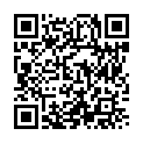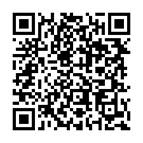Wait times explained
Emergency department wait times depend on:
- How urgently you and others need care
- How busy the emergency department is
- Whether you need further tests after you are assessed
Why is that person going ahead of me? They arrived after I did.
- Patients are seen by a doctor in order of need.
- It is not always possible to tell how ill someone is by looking at them.
- A patient who appears ok may need prompt attention.
The waiting room is almost empty – why the wait?
- The waiting room could be almost empty, yet someone is receiving life-saving care within the department.
Do patients who arrive by ambulance receive care more quickly?
- Patients who arrive by ambulance are triaged like other patients.
- If an ambulance brings in patient who needs life-saving or immediate care (level 1 or 2), that patient will be brought directly into the emergency department for care.
- The waiting room could be almost empty, yet someone is receiving life-saving care within the department.
We know it can be difficult to wait for care, particularly when you are not feeling well. Please let triage staff know if your condition gets worse. If you decide to leave the department without being seen, please let triage staff know before you go.
Triage explained
What is triage?
The first person you’ll see when you arrive in the emergency department is a triage paramedic or nurse. Triage staff will ask questions about what’s brought you here. They will also ask about existing health conditions and any medications you are taking. They will measure your vital signs too.
What is a triage score and how does it affect my wait?
Once triage staff have gathered your information and measured your vital signs, they will assign you a score between 1 and 5. This affects the order in which you are seen.
How do you decide on a person’s triage score?
We use the Canadian Triage Acuity Scale (CTAS) to assess people who come to the emergency department. CTAS is used across Canada as the standard triage system in emergency medicine.
What does each triage score mean?
- Level 1: Life-threatening – Your heart has stopped or you’ve experienced life-threatening trauma
- Level 2: Emergency – You have symptoms of a heart attack or stroke, not conscious, having a lot of trouble breathing, or bleeding severely
- Level 3: Urgent – You have a head injury, deep cut, chest pain (unrelated to known heart issue), serious infection, urgent mental health concern
- Level 4: Less urgent – You have a sprain or break, cuts, pain in back, arm or legs
- Level 5: Not urgent – You have a sore throat, ear infection, minor cuts or bumps, prescription refill
Patients will be seen in the order of their triage score, starting with level 1.



